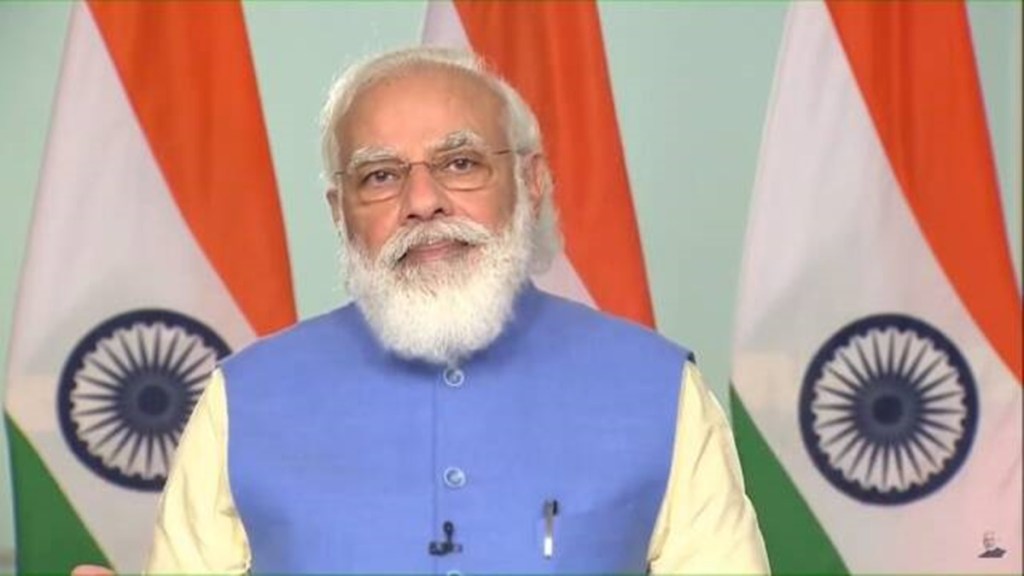Prime minister Narendra Modi’s state visit to the United States has added depth and content to the comprehensive global strategic partnership between the oldest and largest democracies of the world. If the New York leg of his four-day trip showcased India’s soft power by leading the International Yoga day celebrations, the Washington DC leg buttressed the country’s hard power of defence and economic capabilities. There were broad-ranging outcomes from closer defence cooperation, harnessing the shared expertise of both nations in critical and emerging technologies, and tackling climate change to treating cancer and diabetes and collaborating on human space flight. India is aligned with the new Washington consensus to de-risk from overdependence on China through a modern industrial and innovation strategy with trusted partners by building resilient supply chains in semiconductors and critical minerals like lithium.
Micron Technology will invest around $2.75 billion in the next five years to build a new semiconductor assembly and test facility in India. Applied Materials will invest over $400 million in four years to set up a collaborative engineering centre, and Lam Research will train 60,000 Indian engineers, accelerating the country’s semiconductor workforce development goals. The biggest takeaway was in defence, with a mega deal between General Electric Aerospace and HAL to manufacture under licence GE’s F414 engine for India’s light combat aircraft. This deal marks the end of the technology denial regime that has bedevilled bilateral relations after India’s nuclear test 49 years ago; and the culmination of a bipartisan US consensus and efforts of several Indian PMs—after the historic agreement on civilian nuclear cooperation was signed in 2006—to bring the two nations closer.
Also read: Too many dots, too little connect
At the heart of this strategic relationship, however, are bilateral economic ties, the prospects of which have grown brighter with Modi’s visit. Indo-US economic engagement needs more ballast with greater flows of investment and trade. US investments in India are pegged at $54 billion, which represent less than 1% of its global investments. To be sure, India, too, is investing in America, creating interdependencies between the two nations. As Modi noted in his address to the joint session of the US Congress, “when defence and aerospace in India grow, industries in the states of Washington, Arizona, Georgia, Alabama, South Carolina, and Pennsylvania thrive. When American companies grow, their research and development centres in India thrive. When Indians fly more, a single order for aircrafts creates more than a million jobs in 44 states in America”. This process is bound to be strengthened with more investments that will translate into greater two-way trade flows. The US is now India’s largest trading partner, but more needs to be done to deepen commercial ties as well as identify and remove impediments to clear the way for a new phase of trade cooperation. India must join the trade pillar of the US-led Indo-Pacific Economic Framework.
Also read: Better relations with neighbours
The bolstering of India’s strategic partnership with the US is critical for it to become a developed nation by encouraging manufacturing-led export growth and infrastructural development. This cannot succeed without greater access to the US market and technological cooperation like it did with the miracle economies of East Asia, including China, which achieved rapid rates of economic growth for long periods of time, thanks to booming exports to the US. This is the promise of what has been described as the “defining relationship of the 21st century” and a “global public good” by US president Biden.


